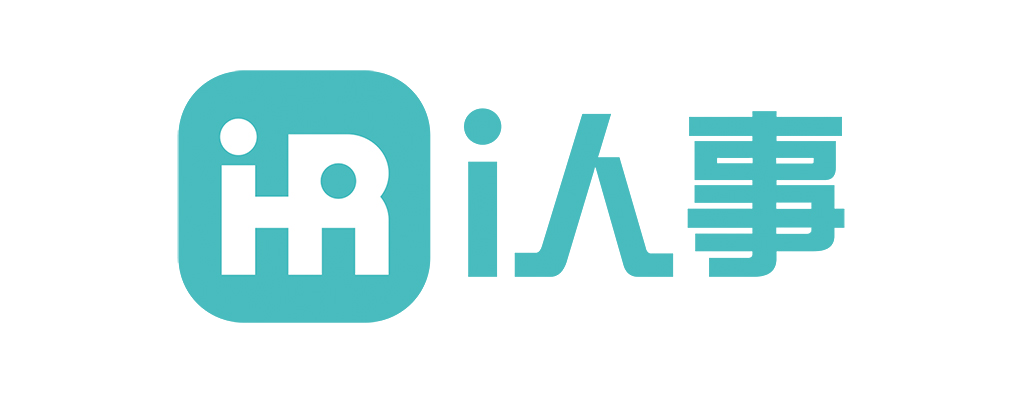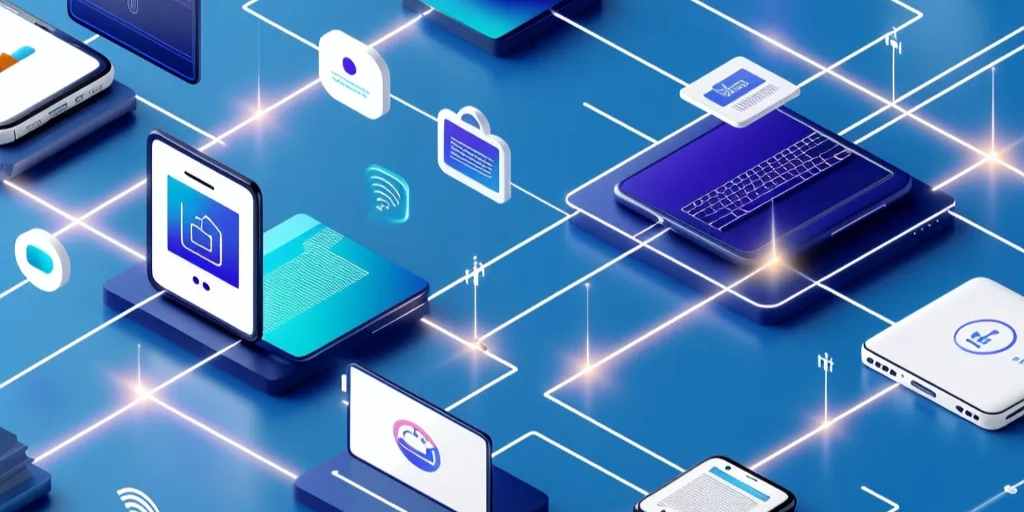一、自我介绍与职业背景
1.1 自我介绍的重要性
在服务台英文面试中,自我介绍是展示个人职业背景和技能的第一步。一个简洁明了的自我介绍能够给面试官留下深刻印象。
1.2 自我介绍的结构
- 基本信息:姓名、学历、专业背景。
- 职业经历:简要介绍过去的工作经历,特别是与服务台相关的经验。
- 技能与特长:突出自己在技术支持、客户服务等方面的技能。
1.3 示例
“Hello, my name is John Doe. I hold a Bachelor’s degree in Computer Science and have over five years of experience in IT support roles. My previous positions include working as a Service Desk Analyst at XYZ Corporation, where I managed a wide range of technical issues and provided excellent customer service. I am proficient in troubleshooting hardware and software problems, and I have a strong background in using various IT service management tools.”
二、技术支持技能与经验
2.1 技术支持的常见问题
- 硬件问题:如电脑、打印机、网络设备等。
- 软件问题:如操作系统、办公软件、企业应用等。
- 网络问题:如连接问题、速度问题、安全问题等。
2.2 技术支持的经验分享
- 案例1:解决公司内部网络连接问题。
- 案例2:处理员工电脑系统崩溃问题。
- 案例3:优化企业应用软件性能。
2.3 示例
“In my previous role, I successfully resolved a critical network connectivity issue that affected the entire office. By systematically troubleshooting the network hardware and software, I identified a faulty router and replaced it, restoring connectivity within two hours.”
三、解决问题的流程与方法
3.1 问题解决的步骤
- 问题识别:明确问题的具体表现。
- 信息收集:收集相关日志、错误信息等。
- 分析与诊断:使用工具和方法进行问题分析。
- 解决方案实施:执行解决方案并验证效果。
- 反馈与改进:记录问题解决过程,优化未来处理流程。
3.2 问题解决的方法
- 分步法:逐步排查问题。
- 排除法:排除不可能的原因。
- 工具法:使用专业工具进行诊断。
3.3 示例
“When faced with a complex software issue, I follow a structured approach. First, I gather all relevant information, such as error logs and user reports. Then, I use diagnostic tools to analyze the problem. Once the root cause is identified, I implement the solution and verify its effectiveness. Finally, I document the entire process for future reference.”
四、客户沟通技巧
4.1 客户沟通的重要性
良好的客户沟通技巧是服务台工作的核心,能够有效提升客户满意度。
4.2 客户沟通的技巧
- 倾听:认真听取客户的问题和需求。
- 表达清晰:用简单明了的语言解释技术问题。
- 同理心:理解客户的感受,提供情感支持。
- 反馈:及时向客户反馈问题处理进展。
4.3 示例
“I always ensure that I listen carefully to the customer’s concerns and provide clear, concise explanations. For example, when a customer was frustrated with a slow computer, I empathized with their situation and explained the steps I would take to resolve the issue, keeping them informed throughout the process.”
五、压力管理与多任务处理
5.1 压力管理的策略
- 时间管理:合理安排工作时间,避免拖延。
- 优先级排序:根据问题的紧急程度和重要性进行排序。
- 放松技巧:通过深呼吸、短暂休息等方式缓解压力。
5.2 多任务处理的技巧
- 任务分解:将复杂任务分解为多个小任务。
- 工具使用:利用任务管理工具进行任务跟踪。
- 团队协作:与团队成员协作,分担工作压力。
5.3 示例
“In a high-pressure environment, I manage my time effectively by prioritizing tasks based on urgency and importance. For instance, during a major system outage, I quickly assessed the situation, delegated tasks to team members, and focused on resolving the most critical issues first, ensuring minimal disruption to the business.”
六、技术工具与软件的熟悉程度
6.1 常用技术工具
- IT服务管理工具:如ServiceNow、Jira等。
- 远程支持工具:如TeamViewer、AnyDesk等。
- 诊断工具:如Wireshark、Sysinternals等。
6.2 软件熟悉程度
- 操作系统:Windows、macOS、Linux等。
- 办公软件:Microsoft Office、Google Workspace等。
- 企业应用:ERP、CRM系统等。
6.3 示例
“I am highly proficient in using IT service management tools like ServiceNow to track and resolve issues efficiently. Additionally, I have extensive experience with remote support tools such as TeamViewer, which allows me to assist users regardless of their location. My familiarity with various operating systems and enterprise applications enables me to provide comprehensive technical support.”
通过以上六个方面的详细分析,希望能够帮助你在服务台英文面试中更好地准备和应对常见问题。
原创文章,作者:IamIT,如若转载,请注明出处:https://docs.ihr360.com/strategy/it_strategy/115268

